4,4′-Iminobis(biphenyl) CAS: 102113-98-4
| Catalog Number | XD96099 |
| Product Name | 4,4'-Iminobis(biphenyl) |
| CAS | 102113-98-4 |
| Molecular Formula | C24H19N |
| Molecular Weight | 321.41 |
| Storage Details | Ambient |
Product Specification
| Appearance | White powder |
| Assay | 99% min |
4,4'-Iminobis(biphenyl), also known as Dibenzylideneacetone (DBA), is a compound with diverse potential applications across various scientific and industrial fields. Some of its key uses include:
1. Organic Synthesis: 4,4'-Iminobis(biphenyl) serves as a versatile building block for the synthesis of complex organic molecules. It can be utilized in the preparation of functionalized biphenyl derivatives, which have applications in medicinal chemistry, materials science, and organic synthesis. The compound's unique structure and reactivity make it a valuable tool for the construction of diverse organic compounds.
2. Material Science: The compound can be employed in the development of advanced materials with specific optical and electronic characteristics. Its unique chemical structure makes it valuable for use in the synthesis of functional materials, including liquid crystals, organic dyes, and organic semiconductors. These materials have applications in optoelectronics, display technologies, and organic electronics.
3. Photophysical Studies: 4,4'-Iminobis(biphenyl) can be utilized in photophysical studies and as a fluorescent probe due to its inherent luminescent properties. It is useful for studying energy transfer processes, fluorescence resonance energy transfer (FRET), and other photophysical phenomena in solution and solid-state systems, contributing to advancements in the field of photophysics and luminescent materials.
4. Research and Development: The compound is utilized in academic and industrial research for exploring new organic compounds and their potential applications. Its unique biphenyl-based structure and reactivity make it a valuable tool for investigating structure-property relationships and developing novel chemical entities with tailored properties.
5. Chemical Sensors: 4,4'-Iminobis(biphenyl) can be used in the development of chemical sensors and detection systems due to its ability to interact with specific analytes and exhibit fluorescence changes. It has potential applications in environmental monitoring, biomedical diagnostics, and industrial process control.
In summary, 4,4'-Iminobis(biphenyl) exhibits diverse potential applications in organic synthesis, material science, photophysical studies, research and development, and chemical sensors. Its unique structure and properties make it a valuable compound for various scientific and industrial endeavors.


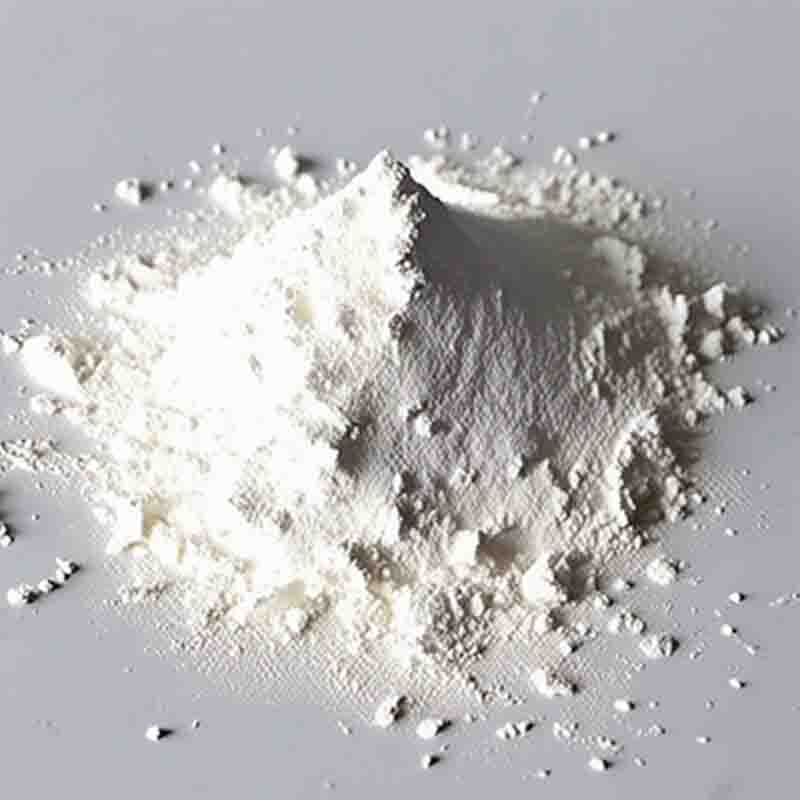

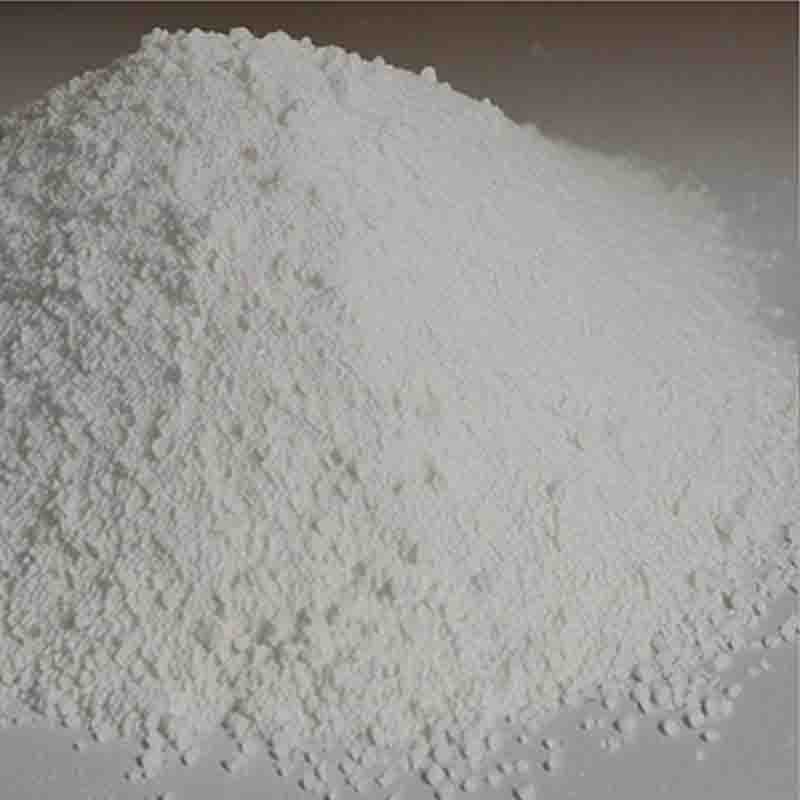
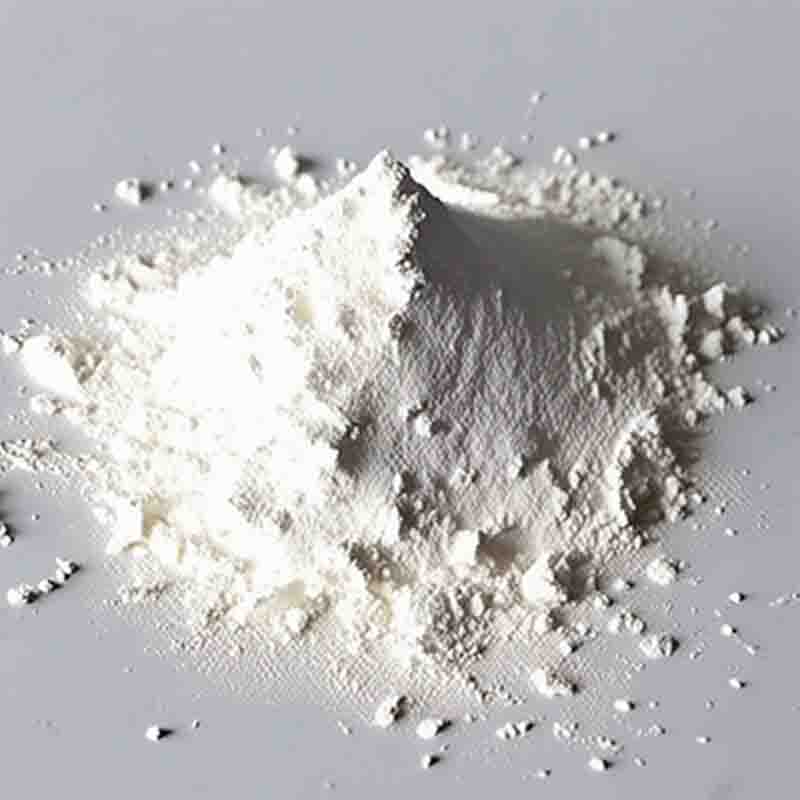
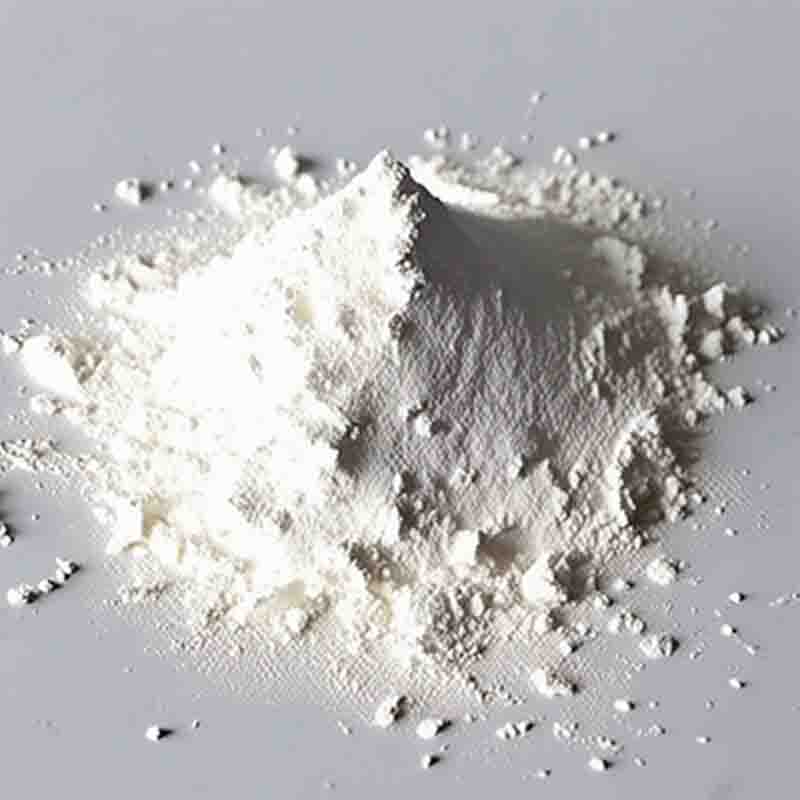
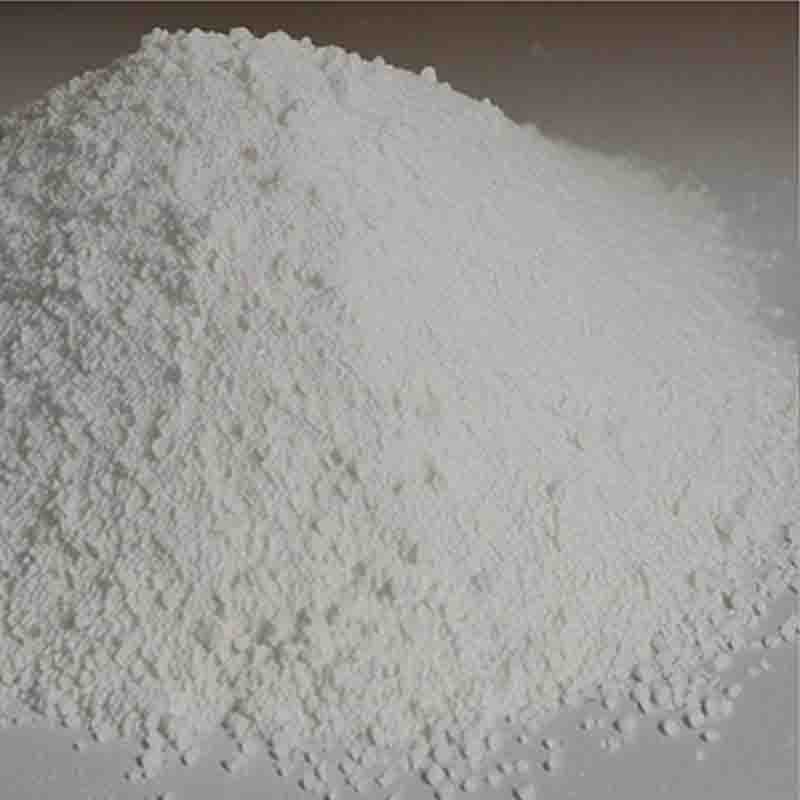
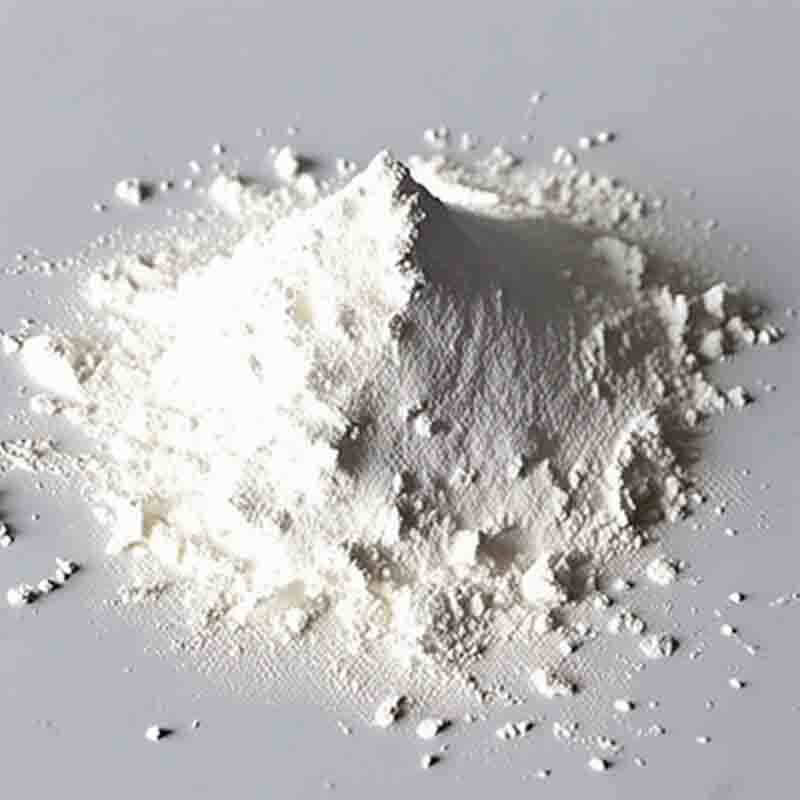
![(3S)-3-[4-[(5-Bromo-2-chlorophenyl)methyl]phenoxy]tetrahydrofuran CAS: 915095-89-5](https://cdn.globalso.com/xdbiochems/白色粉末1200.jpg)